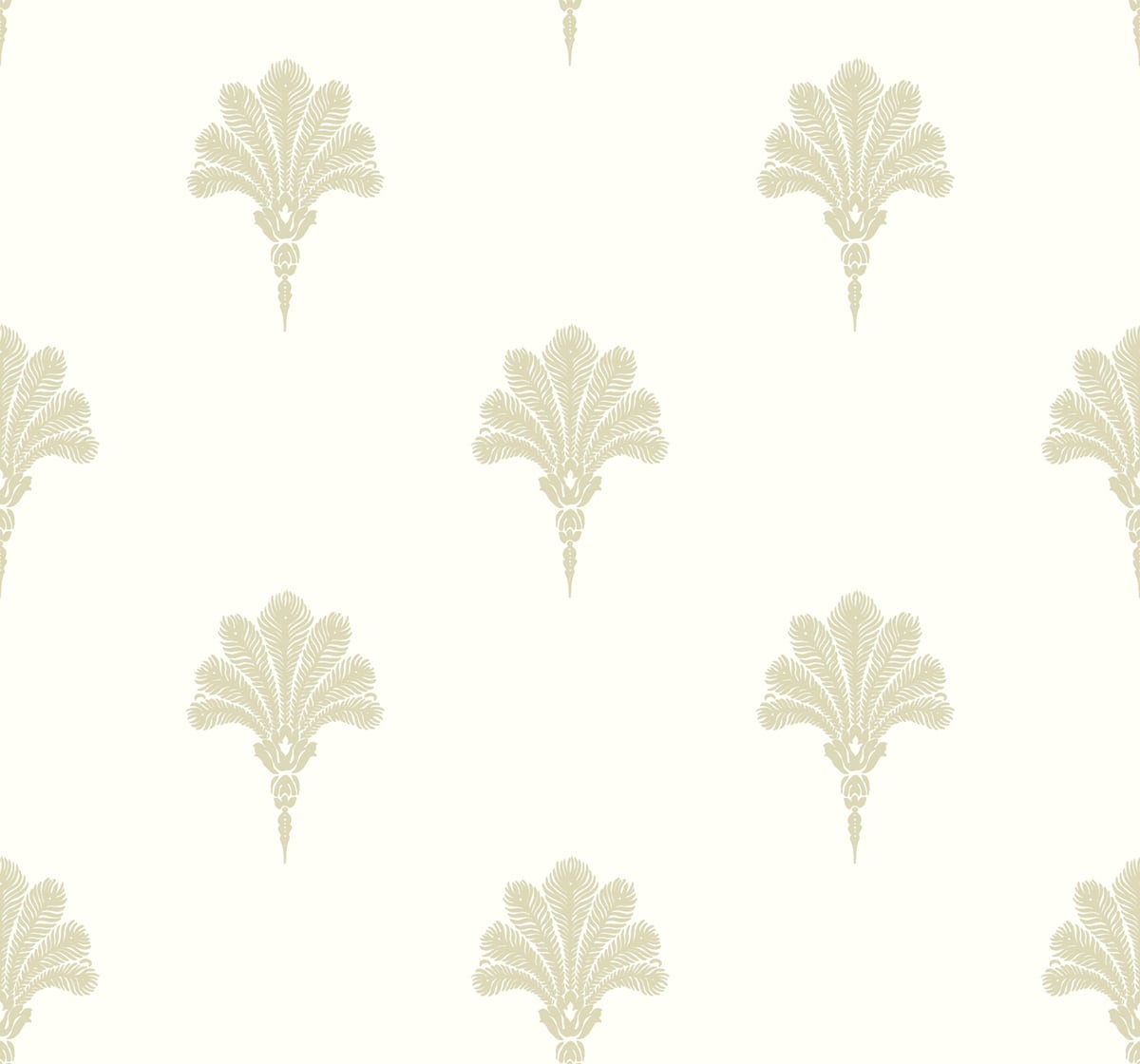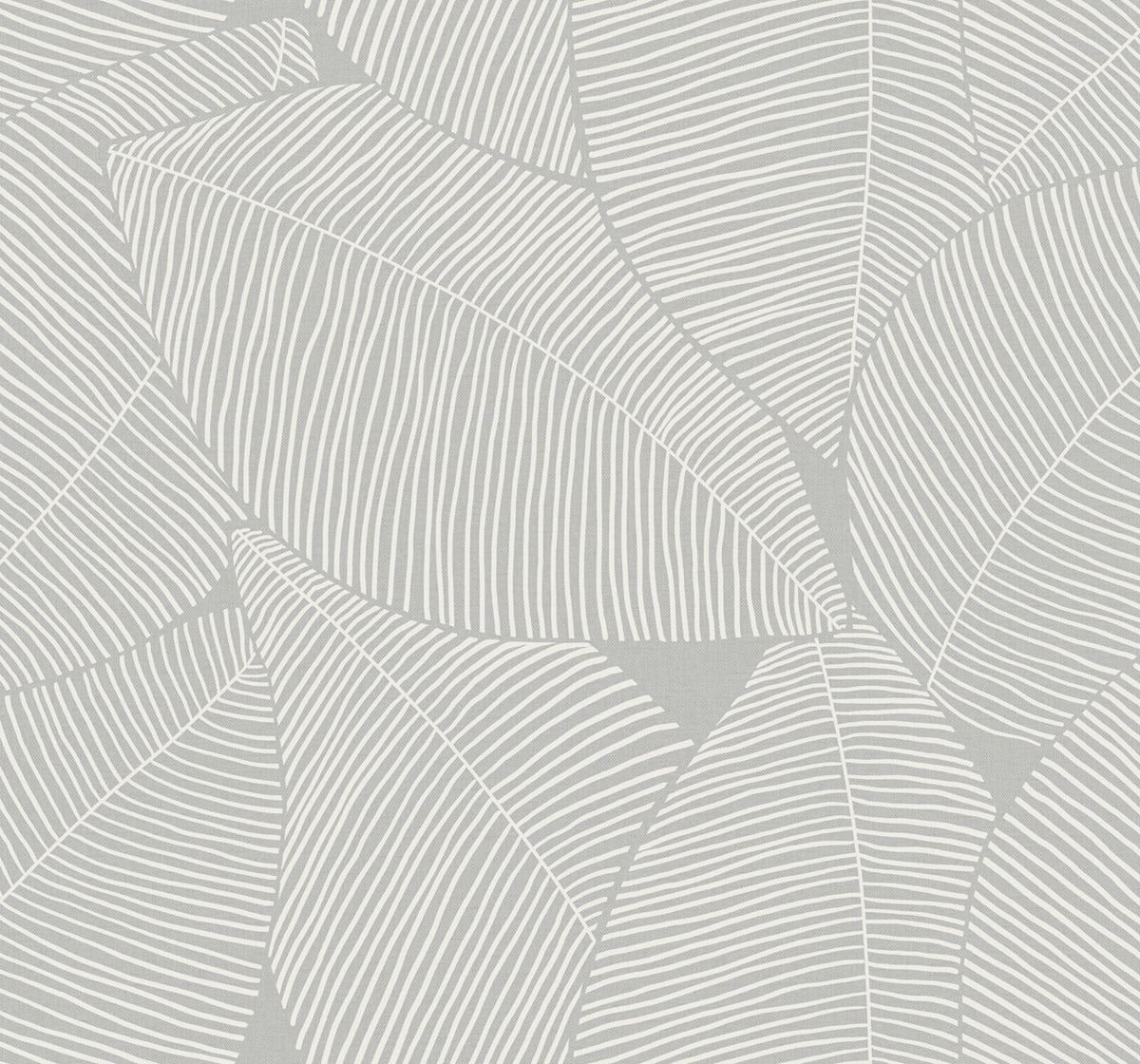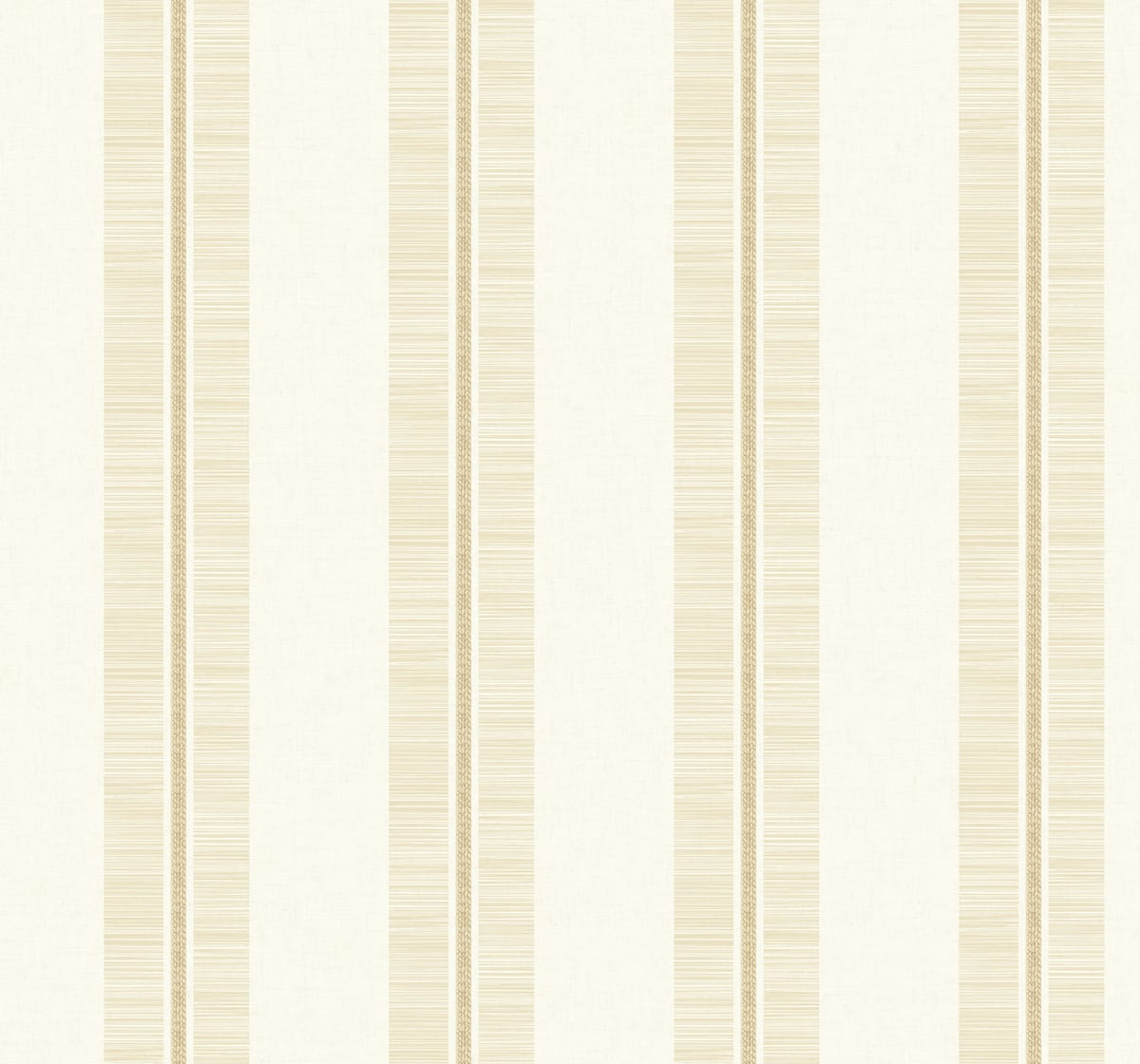Combining Wallpaper with Other Elements
1. Color Coordination: Choose a wallpaper that complements your existing color scheme. Pick out one or two dominant colors from the wallpaper and use them for accents in furniture, upholstery, or decor.
2. Balance with Neutral Elements: If your wallpaper is bold and busy, balance it with neutral furnishings and decor to prevent the space from feeling overwhelming.
3. Texture Play: Mix and match textures to create visual interest. Pair textured wallpaper with smooth surfaces like glass or polished wood for a harmonious contrast.
4. Natural Elements: Incorporate natural elements like plants, wooden furniture, or stone accents to create a balanced and inviting atmosphere.


